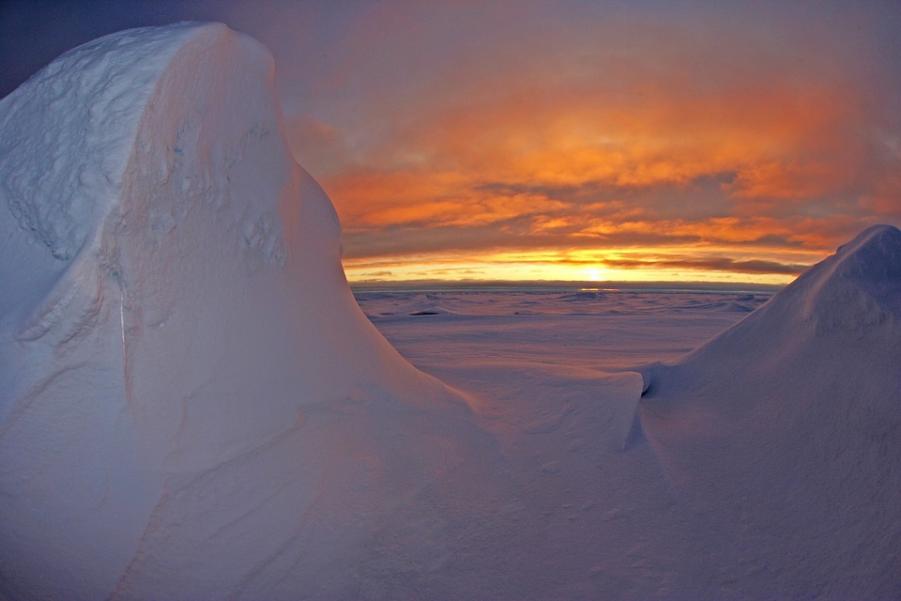What Are Some of the Challenges of Viewing the Northern Lights?
The Northern Lights, also known as aurora borealis, are a mesmerizing natural phenomenon that captivates hearts and imaginations worldwide. These celestial curtains of light dance across the night sky, painting the canvas of the heavens with vibrant hues of green, pink, and purple. While the allure of the aurora is undeniable, there are several challenges that one must face in order to witness this awe-inspiring spectacle.

I. Natural Factors Affecting Visibility
1. Weather Conditions
- Cloud Cover and Precipitation: Overcast skies and precipitation, such as rain or snow, can obscure the view of the aurora. Clouds act as a barrier, blocking the light from the aurora from reaching the observer's eyes.
- Atmospheric Conditions: Solar activity, including solar storms and geomagnetic disturbances, can affect the intensity and visibility of the aurora. During periods of low solar activity, the aurora may be faint or even invisible.
2. Geographic Location
- Latitude and Proximity to the Arctic Circle: The aurora is most commonly visible in regions located within the auroral oval, a ring-shaped area centered around the Earth's magnetic poles. As one moves away from the auroral oval, the chances of seeing the aurora decrease.
- Urban Areas and Light Pollution: City lights and other sources of artificial illumination can interfere with the visibility of the aurora. Light pollution creates a skyglow that can wash out the faint light of the aurora, making it difficult to observe.
3. Time Of Year And Day
- Seasonal Variations: Aurora activity is strongest during the winter months, typically from September to April, when the nights are longer and darker.
- Optimal Viewing Times: The aurora is generally visible during the hours of darkness, with the peak viewing times occurring between 10 pm and 2 am local time.
II. Practical Challenges Of Viewing The Northern Lights
1. Remote Locations
- Accessibility and Transportation Issues: Many prime aurora viewing locations are situated in remote areas, far from major cities and transportation hubs. Reaching these locations can be challenging, especially during winter months when roads may be closed or impassable.
- Lack of Infrastructure and Amenities: Remote aurora viewing locations often lack basic infrastructure and amenities, such as hotels, restaurants, and gas stations. Visitors may need to be prepared to camp or stay in rustic accommodations.
2. Cold Weather And Harsh Conditions
- Sub-Zero Temperatures and Wind Chill: Aurora viewing often takes place in frigid temperatures, with wind chill factors that can drop below -40 degrees Fahrenheit (-40 degrees Celsius). Exposure to such extreme cold can lead to frostbite, hypothermia, and other health risks.
- Potential for Frostbite, Hypothermia, and Other Health Risks: Prolonged exposure to cold weather can lead to serious health consequences, including frostbite, hypothermia, and even death. Proper clothing and precautions are essential for staying safe in these conditions.
3. Limited Viewing Opportunities
- Short Duration of Aurora Displays: Aurora displays can be fleeting, lasting anywhere from a few minutes to several hours. The intensity and duration of the display can vary significantly, making it difficult to predict when the best viewing conditions will occur.
- Unpredictability of Aurora Occurrences: The aurora is a natural phenomenon, and its occurrence is unpredictable. Even during periods of high solar activity, there is no guarantee that the aurora will be visible on any given night.
Overcoming The Challenges
Despite the challenges, witnessing the Northern Lights is an experience that is well worth the effort. With careful planning and preparation, it is possible to overcome the obstacles and maximize your chances of seeing this natural wonder.
1. Planning And Preparation
- Research Weather Forecasts and Aurora Activity: Keep an eye on weather forecasts and aurora activity predictions to choose the best time and location for your aurora viewing trip.
- Choose Appropriate Clothing and Gear: Pack warm, waterproof clothing, sturdy footwear, and other essential gear to protect yourself from the cold weather and harsh conditions.
- Pack Essential Supplies and Snacks: Bring along snacks, water, and other essential supplies to keep you energized and hydrated during your aurora viewing session.
2. Choosing The Right Location
- Selecting Areas with Minimal Light Pollution: Choose aurora viewing locations that are away from city lights and other sources of light pollution.
- Seeking Out Elevated Vantage Points: Find elevated vantage points, such as hills or mountains, to get a better view of the aurora.
- Consulting Local Experts and Guides: Consult with local experts and guides who can provide valuable information about the best aurora viewing spots and conditions.
3. Patience And Persistence
- Waiting for the Right Conditions: Be prepared to wait for the right conditions. Aurora displays can be unpredictable, so it may take several nights of waiting before you see a spectacular show.
- Being Prepared to Spend Several Nights in the Field: Be prepared to spend several nights in the field, especially if you are traveling to a remote location. This will increase your chances of catching a glimpse of the aurora.
While the challenges of viewing the Northern Lights are real, the rewards are immeasurable. The beauty and majesty of the aurora is a sight that will stay with you long after you return home. With careful planning, preparation, and a bit of luck, you can overcome the obstacles and experience the awe-inspiring spectacle of the Northern Lights.

YesNo

Leave a Reply